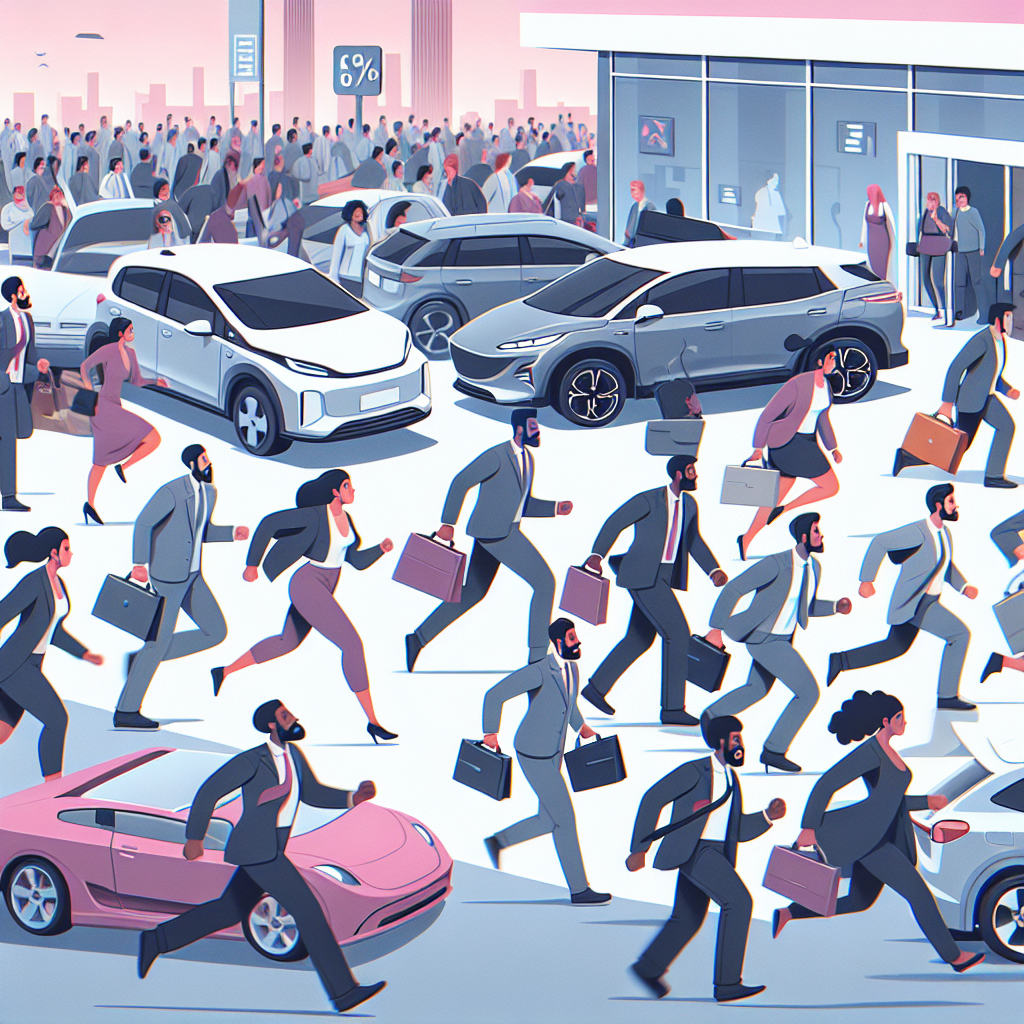In the third quarter of the United States, car sales are expected to increase by about 6% compared to the same period last year. This surge in sales is attributed to consumers rushing to purchase vehicles before the expiration of tax incentives for electric cars, while demand for SUVs and crossover vehicles remains stable.
According to a report by Cox Automotive reported by Reuters on Wednesday, the new car sales in the U.S. between July and September of this year are expected to reach around 4.14 million vehicles, higher than last year’s 3.9 million vehicles during the same period.
President Trump’s “One Big Beautiful Bill Act” terminated the $7,500 tax credit for new electric vehicles on September 30, resulting in a temporary spike in sales for the third quarter.
Furthermore, the tariffs imposed by the Trump administration have also impacted the automotive industry, leading to increased costs for automotive components. However, the demand for new vehicles remains relatively stable until now.
The report from Cox Automotive indicates that the demand for midsize crossovers and pickups remained strong in September. However, analyst Charlie Chesbrough cautioned that as more tariff-affected products enter the market, automakers may pass on higher import costs to consumers, potentially leading to price hikes and a slowdown in new car sales in the coming months.
Predictions from the report suggest that General Motors (GM) will continue to lead in sales in the fourth quarter, followed by Toyota’s North American division and Ford. Meanwhile, Tesla’s sales are expected to decline by nearly 6%.
Market data provider J.D. Power stated last month that in September, the average retail price of new cars is expected to reach $45,795, an increase of $1,310 from the same period last year. In July and August, the average increase was $938 and $985 respectively compared to the same period the previous year.
S&P Global Mobility predicts that the U.S. automotive demand may slow down by the end of the year due to decreasing affordability, a decline in electric vehicle sales, and the potential impact of an economic slowdown in the future.

